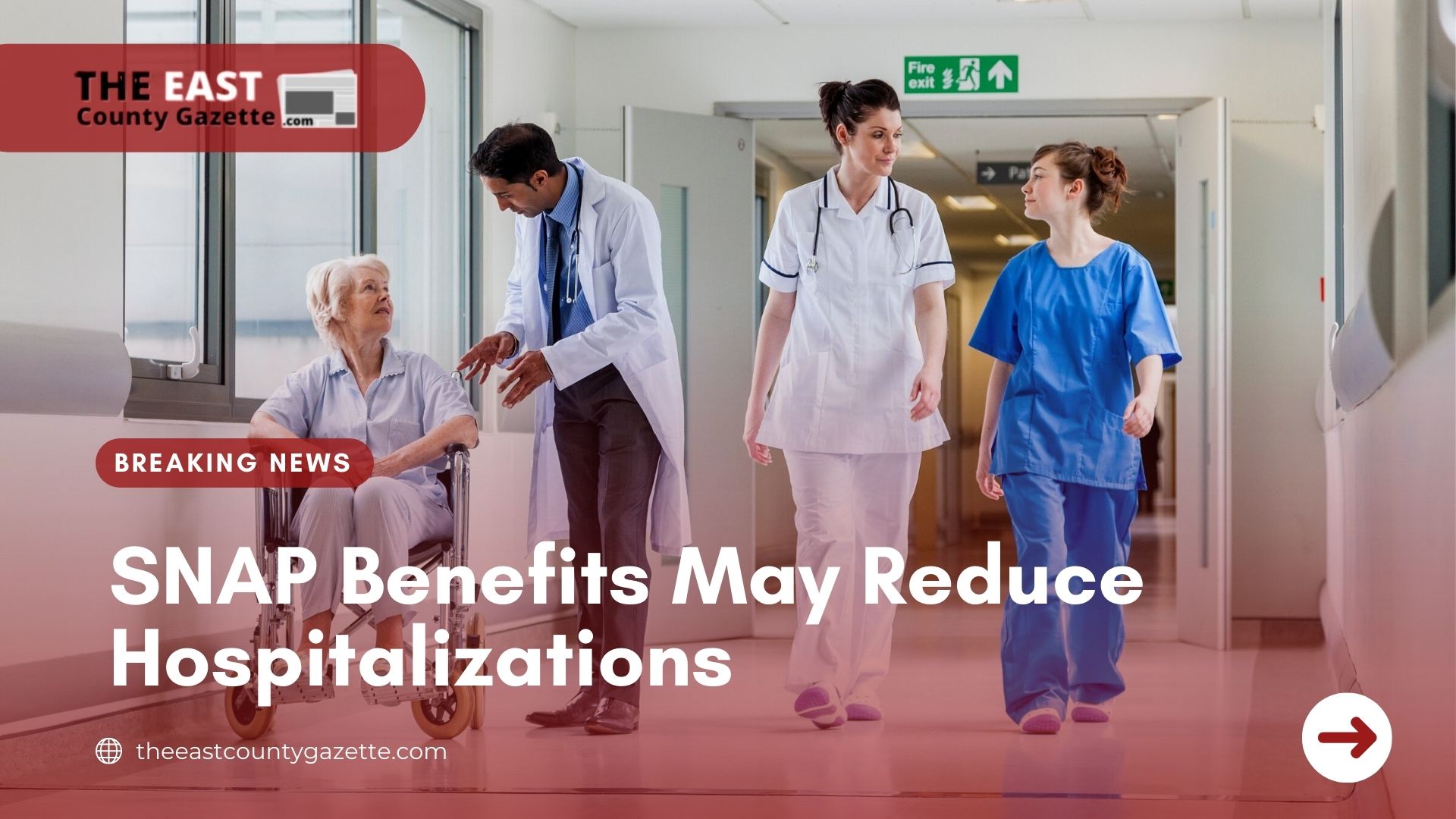The Supplemental Nutrition Assistance Program (SNAP) is the largest federal nutrition assistance program. SNAP provides benefits to eligible low-income individuals and families via an Electronic Benefits Transfer card. This card can be used as a debit card to purchase eligible food in authorized retail food stores.
In a study published in Annals of Internal Medicine, research shows that participation in the Supplemental Nutrition Assistance Program (SNAP) by older adults dually enrolled in Medicare and Medicaid is associated with fewer hospital visits and lower healthcare costs.
However, only 48% of older adults who qualify for the program which provides benefits to supplement budgets to purchase healthy and nutritious foods are enrolled.
“Billions of dollars in food and healthcare assistance go untapped every year, often because people aren’t aware they are eligible or they are not sure how to access them,” said Pauline Abernathy, chief strategy officer at Benefits Data Trust – a national nonprofit dedicated to helping people access essential public benefits and services.
She added, “These research findings show that data-driven outreach and application assistance significantly increase SNAP participation, which in turn markedly improves health and lowers Medicaid costs.
With millions of people 65 and older eligible but not participating in SNAP, this research underscores the urgent need to increase outreach and streamline enrollment.”
Researchers used data from BDT’s outreach to more than 115,000 people age 65 and older in North Carolina between 2016 and 2020 who were dually eligible for Medicare and Medicaid, and were eligible for a SNAP but not enrolled.
Read More: Snap Benefits Finally See an Increase Thanks to the Long-overdue ‘Thrifty Food Plan’ Update
Almost 5,100 of those who received outreach about SNAP benefits enrolled in the program. SNAP enrollment was associated with a decrease in inpatient hospitalizations, emergency department visits, long-term care admissions, as well as fewer dollars in Medicaid payments per person per year.
To get SNAP benefits, you must apply in the state in which you currently live and you must meet certain requirements, including resource and income limits, which are described on this page. SNAP income and resource limits are updated annually.
There are special SNAP rules for households with elderly or disabled members.
To see if you might be eligible for SNAP benefits, use SNAP eligibility.
You may also visit SNAP’s Application and Local Office Locators page to learn how to apply in your state.
Because each state has a different application form and process, a member of your household must contact your state agency directly to apply.
You can contact your state agency by visiting your local SNAP office, visiting your state agency’s website, or calling your state’s toll-free SNAP Information hotline. Some states have online applications that can be completed from the state agency website.
Stay updated on more news here with us at the East County Gazette.

